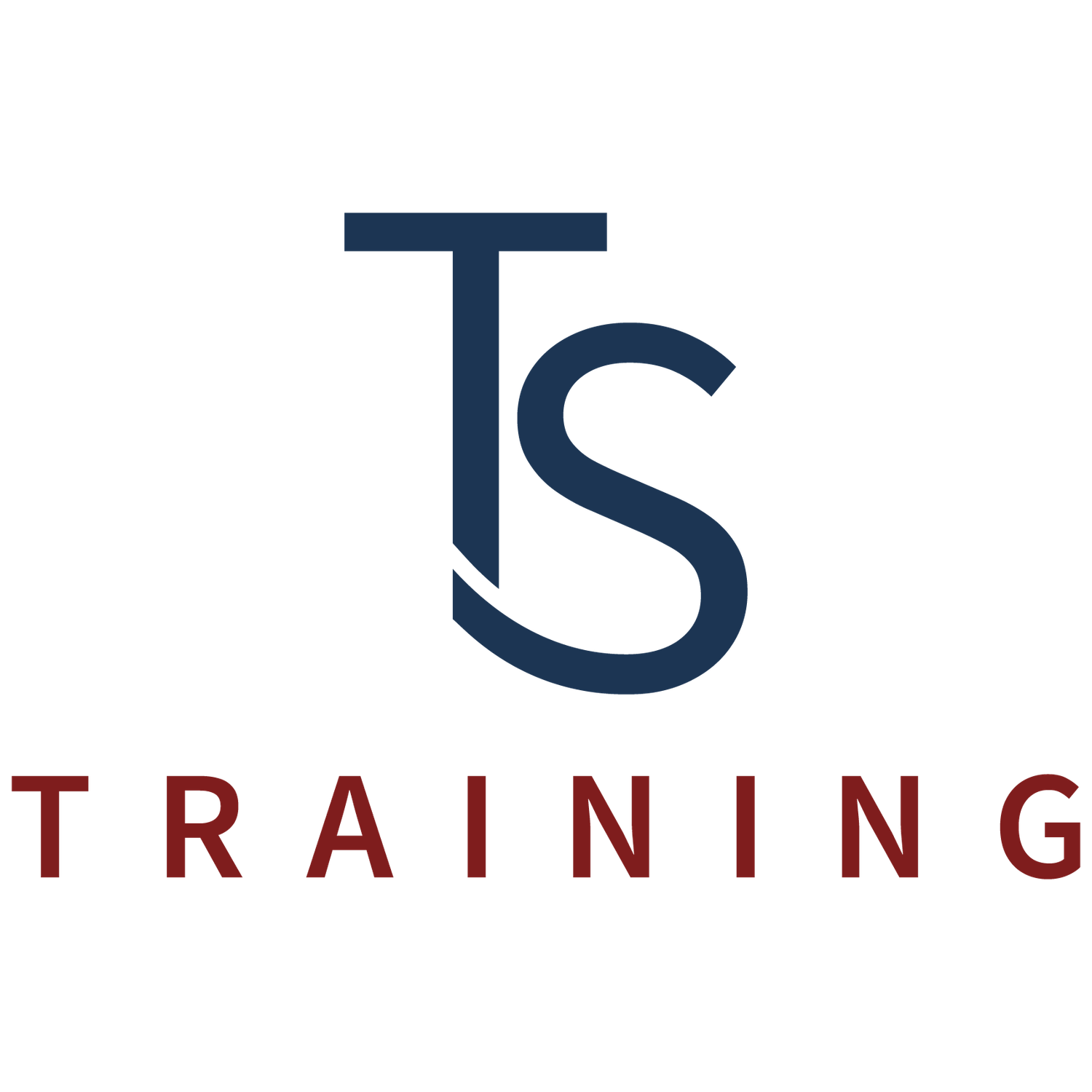Training Plan
Created by due diligence experts
Basis
This course introduces the foundations of financial due diligence in Transaction Services. You will learn how analysts assess the reliability of financial statements, identify core risks, and evaluate the sustainability of earnings. By the end, you can explain the purpose of due diligence, outline a standard engagement from kickoff to report, and connect findings to investment decisions and valuation.
This session explores the main valuation methods used in Transaction Services. You will compare trading multiples, precedent transactions, and discounted cash flow, understand when each method is most reliable, and learn how assumptions drive outputs. You finish able to justify results clearly in interviews and client discussions with structured, defensible reasoning.
This module explains the EV to equity bridge step by step. You will review net debt, working capital adjustments, non-controlling interests, provisions, and other deal-specific items. The objective is to master both the calculations and the logic behind each adjustment so you can present a precise bridge under interview conditions and in real deliverables.
Gain a complete view of the workstreams that shape a Transaction Services engagement: Quality of Earnings, Net Debt, and Net Working Capital. You will understand objectives, typical analyses, timelines, and how outputs integrate into valuation and negotiations, giving you a clear mental map of a full due diligence process.
Build an efficient Excel toolkit tailored to Transaction Services. Learn workbook structuring, essential formulas, audit-friendly formatting, and time-saving shortcuts. The focus is on speed with accuracy so you can analyze large datasets and produce clean schedules for QoE, net debt, and working capital under tight deadlines.
Profit & Loss (P&L) Analysis
Learn to interpret a company’s performance in context. You will identify growth drivers, seasonality, price vs. volume effects, and one-off events. The objective is to connect the numbers to the business model and articulate what past performance implies for future earnings quality and risks.
Understand the difference between reported EBITDA and sustainable EBITDA. You will learn to spot non-recurring items, policy changes, and accounting noise that distort profitability. The goal is a clear, defensible view of normalized earnings that supports investor decisions and stands up in interviews.
Work through concrete adjustment cases: restructuring costs, discontinued activities, management bonuses, carve-out effects, and pro forma impacts. You will learn how to calculate, document, and present each adjustment clearly in a client-ready schedule and explain the rationale confidently.
Balance Sheet & Working Capital
Review balance sheet basics from a TS perspective. Distinguish operating vs. financing items, understand why balance sheet quality matters in diligence, and see how it links to cash flow and valuation. You will be able to spot areas requiring deeper testing or adjustments early in a process.
Define net debt precisely and understand why it drives purchase price. Map common debt-like items, off-balance-sheet exposures, and pitfalls. You will develop a structured checklist that helps you identify hidden liabilities and quantify their impact on negotiations.
Practice real adjustments such as unpaid dividends, customer advances, lease liabilities nuances, and contingent payouts. You will calculate the effect on the equity bridge and write clear commentary that supports investor positions in meetings and data room Q&A.
Understand how working capital drives cash conversion and deal terms. Learn the concept of normalized working capital, how to isolate seasonality, and what investors look for in receivables, payables, and inventory trends when setting mechanisms and targets.
Walk through practical cases: supplier advances, unusual cut-off effects, slow-moving stock, and temporary build-ups. You will compute normalized levels, quantify purchase price impacts, and present a concise schedule that aligns with market-standard SPA mechanics.
Deliverables & DataPack Structuring
Learn best practices to design clear, investor-ready DataPacks. You will organize analyses logically, highlight key messages, and use tables and commentary that guide the reader. The outcome is a professional template you can reuse across QoE, net debt, and working capital sections.
Focus on documenting adjustments with precision. You will write clear rationales, show step-by-step calculations, and link to supporting evidence. By the end, your adjustment schedules will be consistent, transparent, and easy to defend in diligence reviews and interviews.
© 2025 Transaction Services Training. All rights reserved.


